-
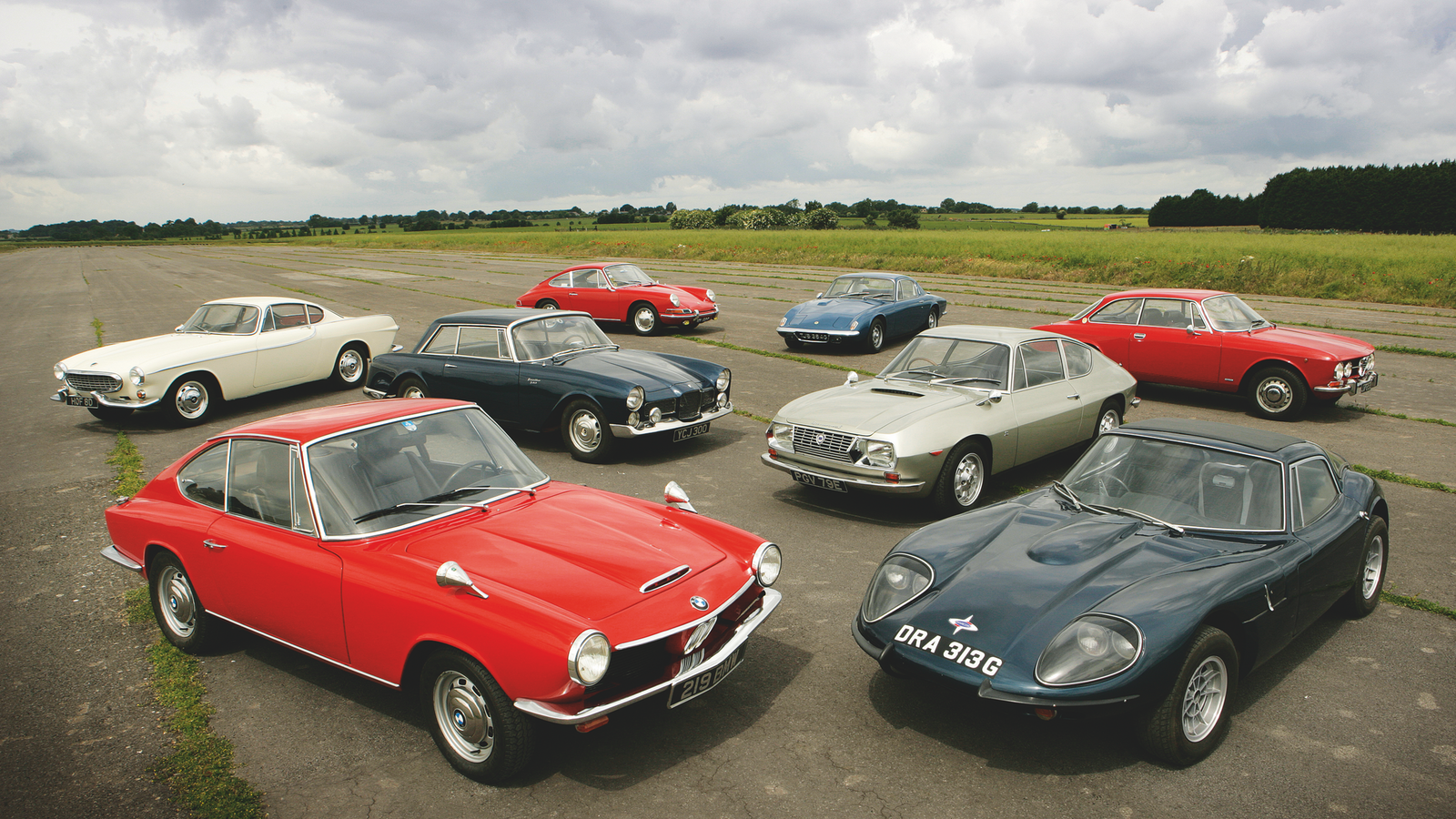 © Tony Baker/Classic & Sports Car
© Tony Baker/Classic & Sports Car -
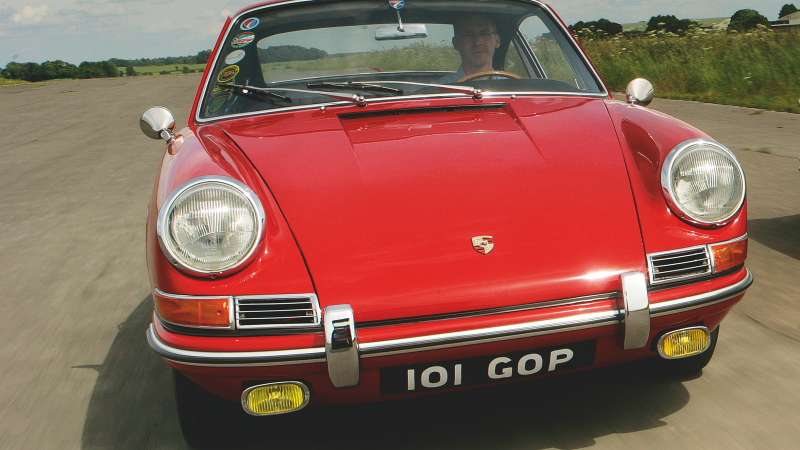 © Tony Baker/Classic & Sports Car
© Tony Baker/Classic & Sports Car -
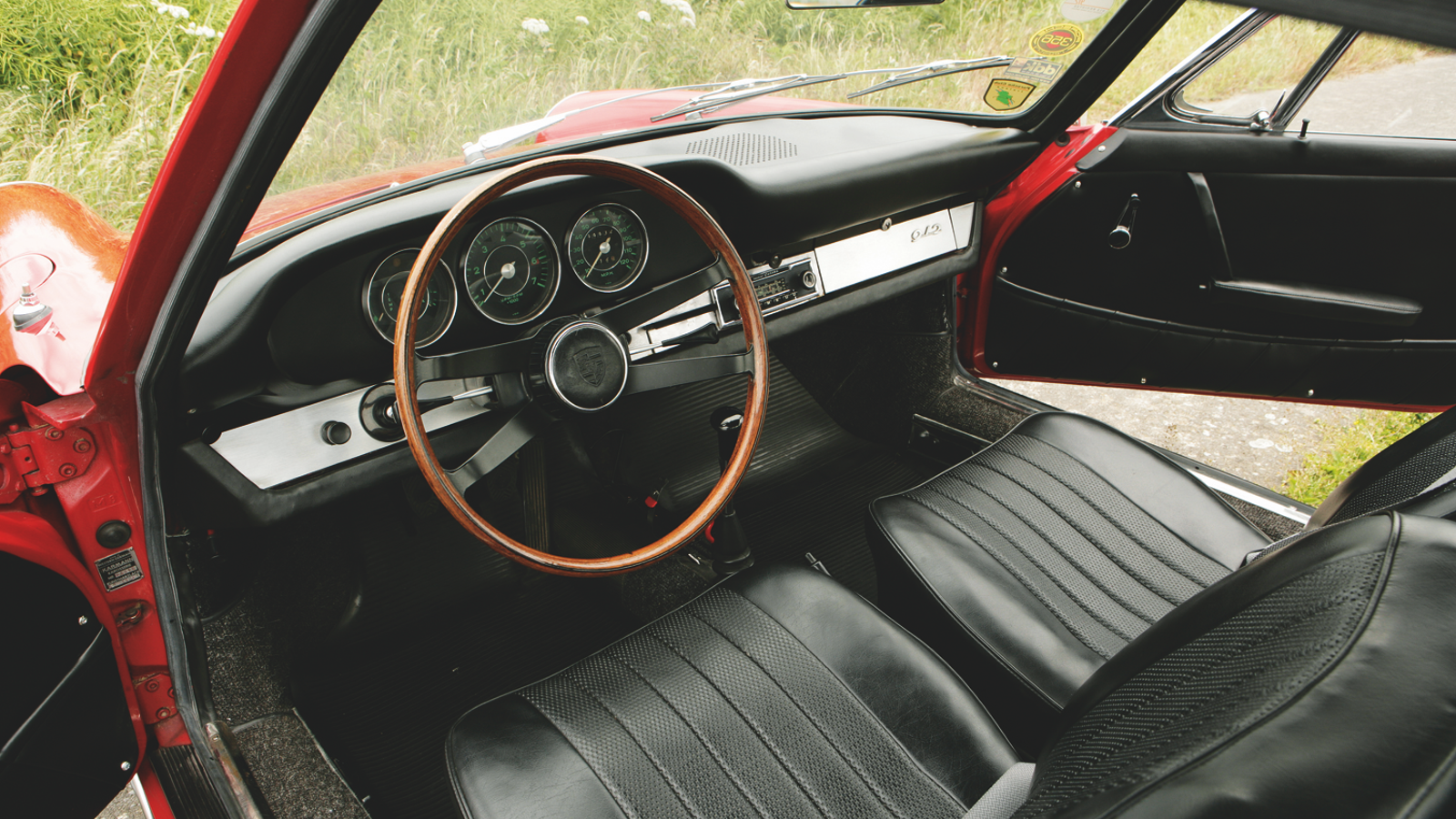 © Tony Baker/Classic & Sports Car
© Tony Baker/Classic & Sports Car -
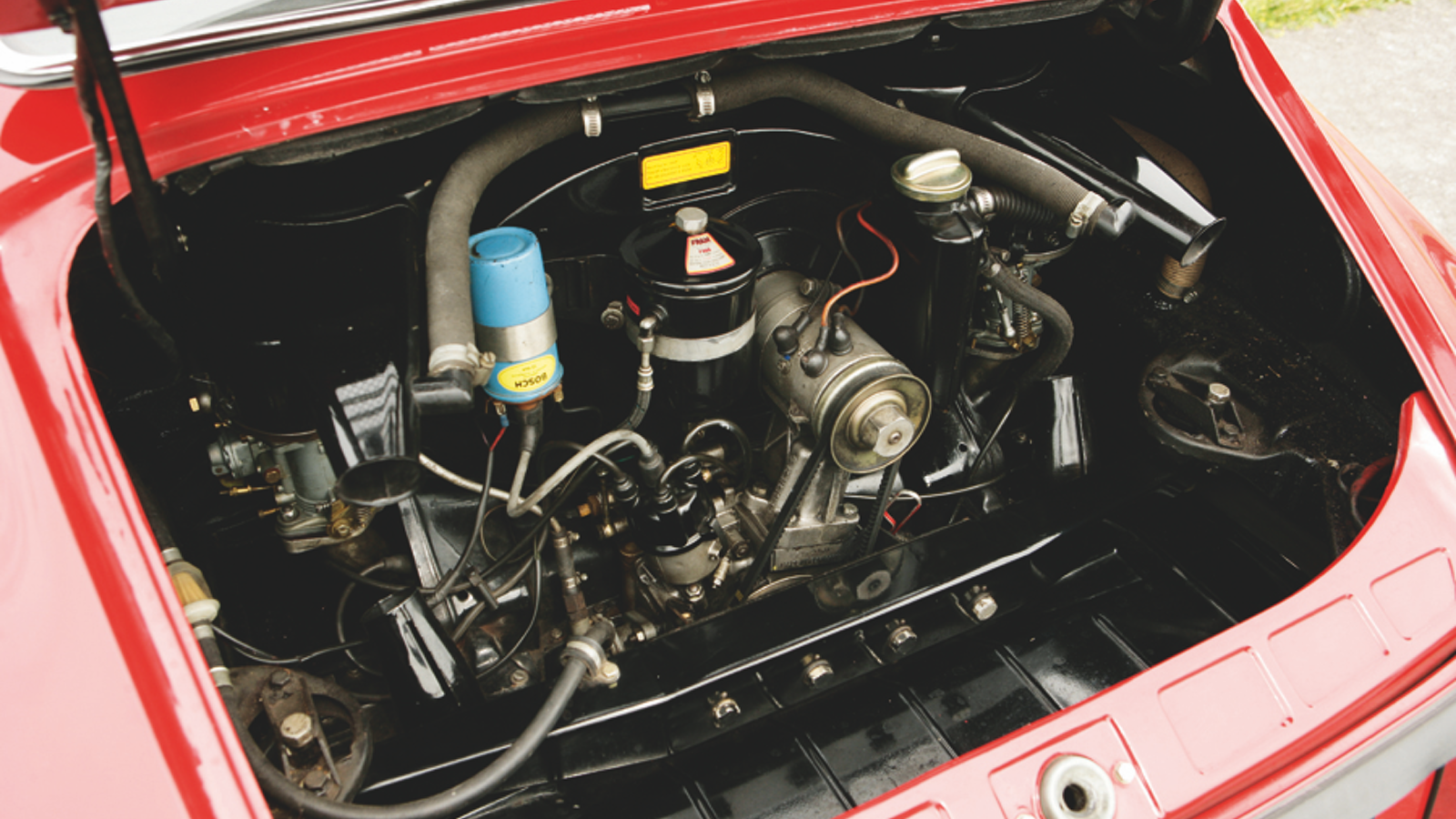 © Tony Baker/Classic & Sports Car
© Tony Baker/Classic & Sports Car -
 © Tony Baker/Classic & Sports Car
© Tony Baker/Classic & Sports Car -
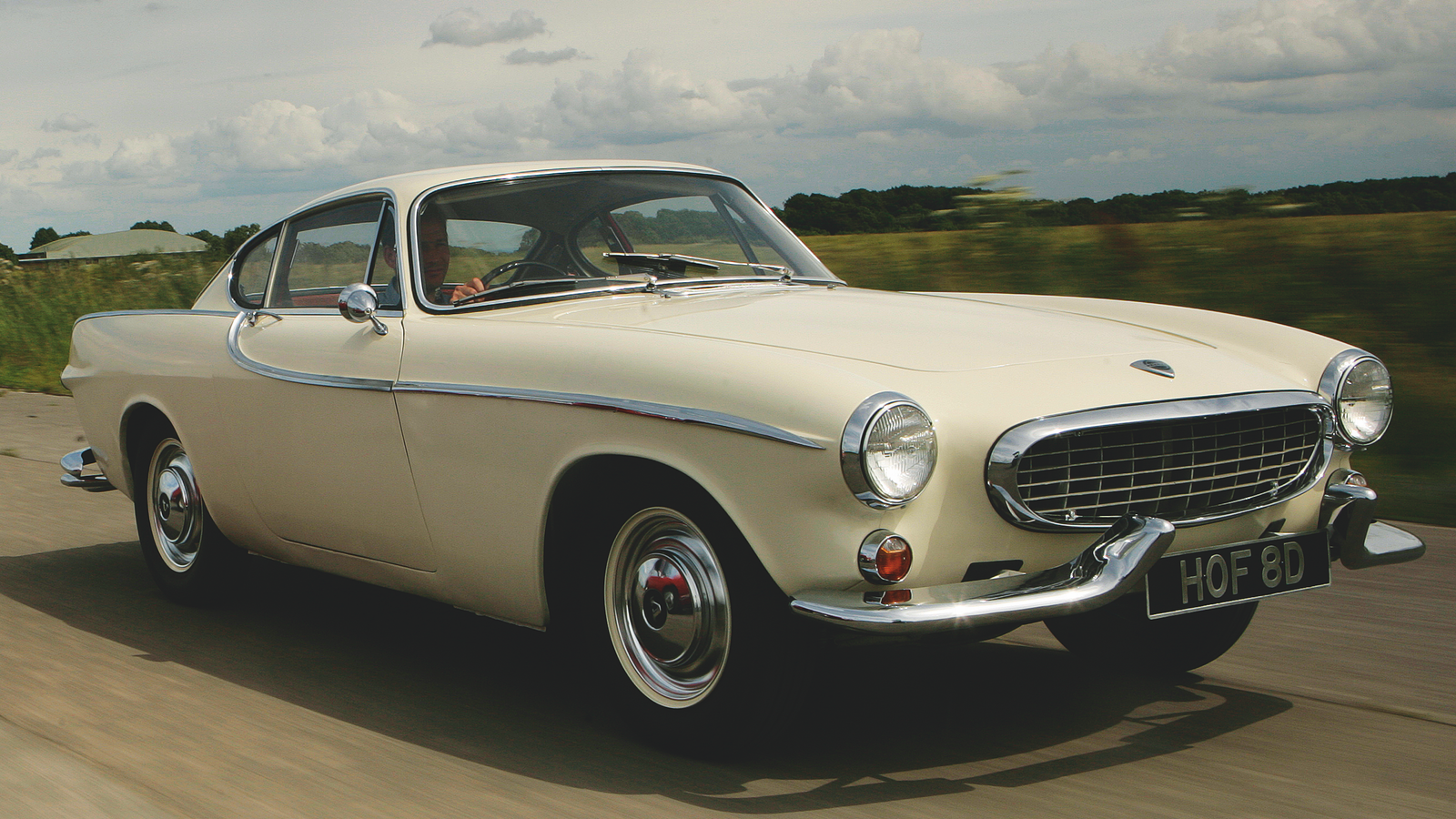 © Tony Baker/Classic & Sports Car
© Tony Baker/Classic & Sports Car -
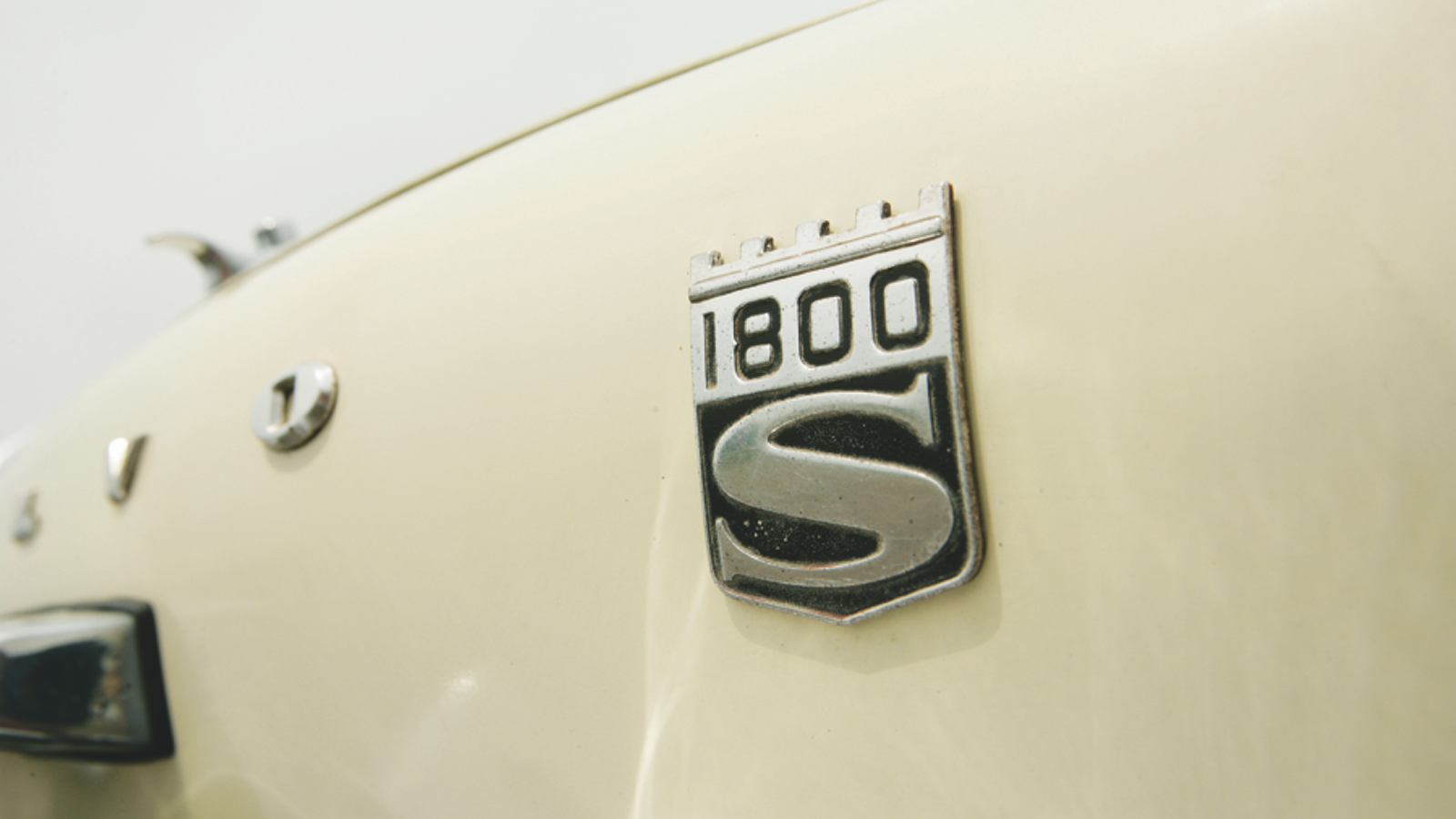 © Tony Baker/Classic & Sports Car
© Tony Baker/Classic & Sports Car -
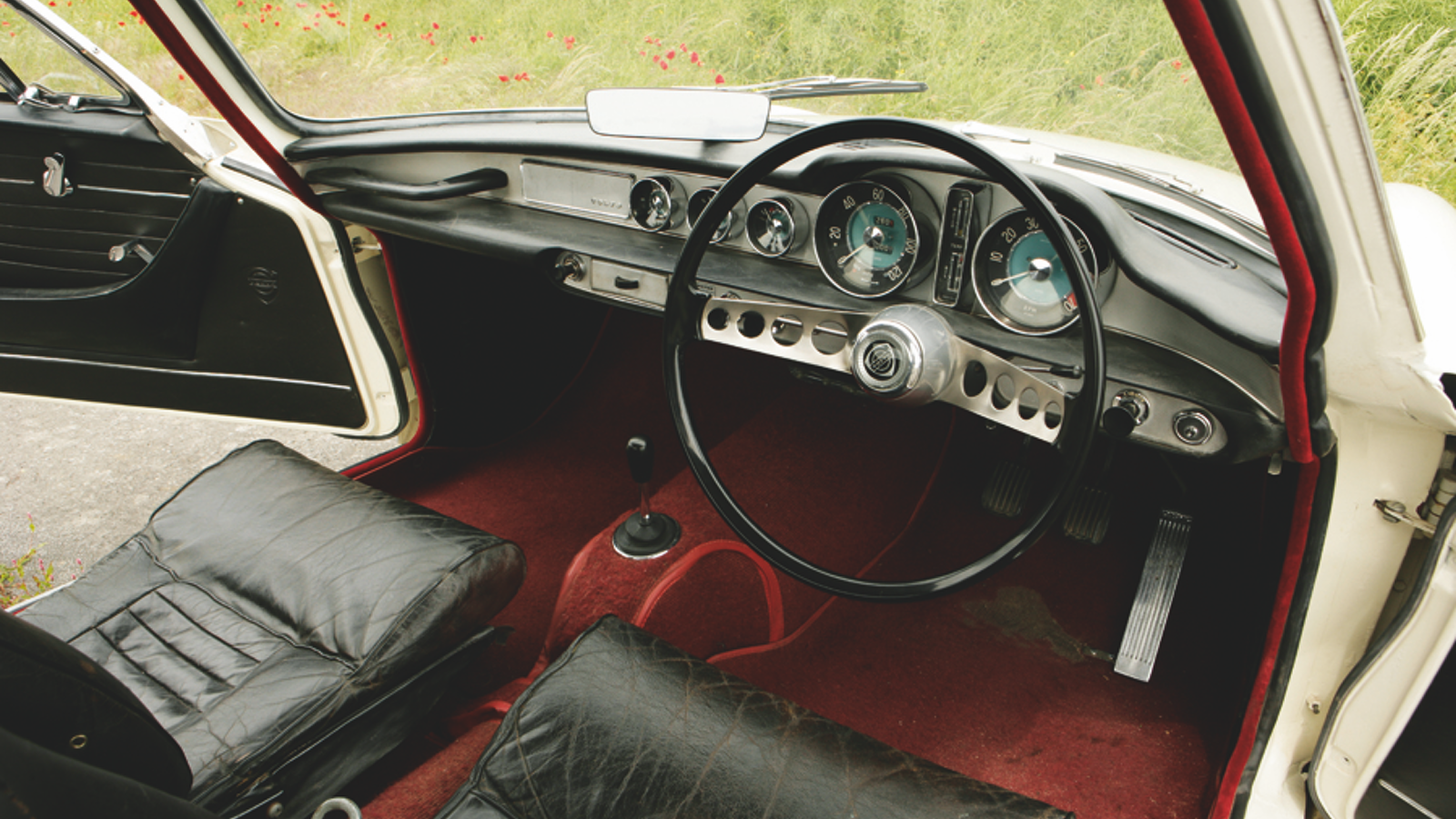 © Tony Baker/Classic & Sports Car
© Tony Baker/Classic & Sports Car -
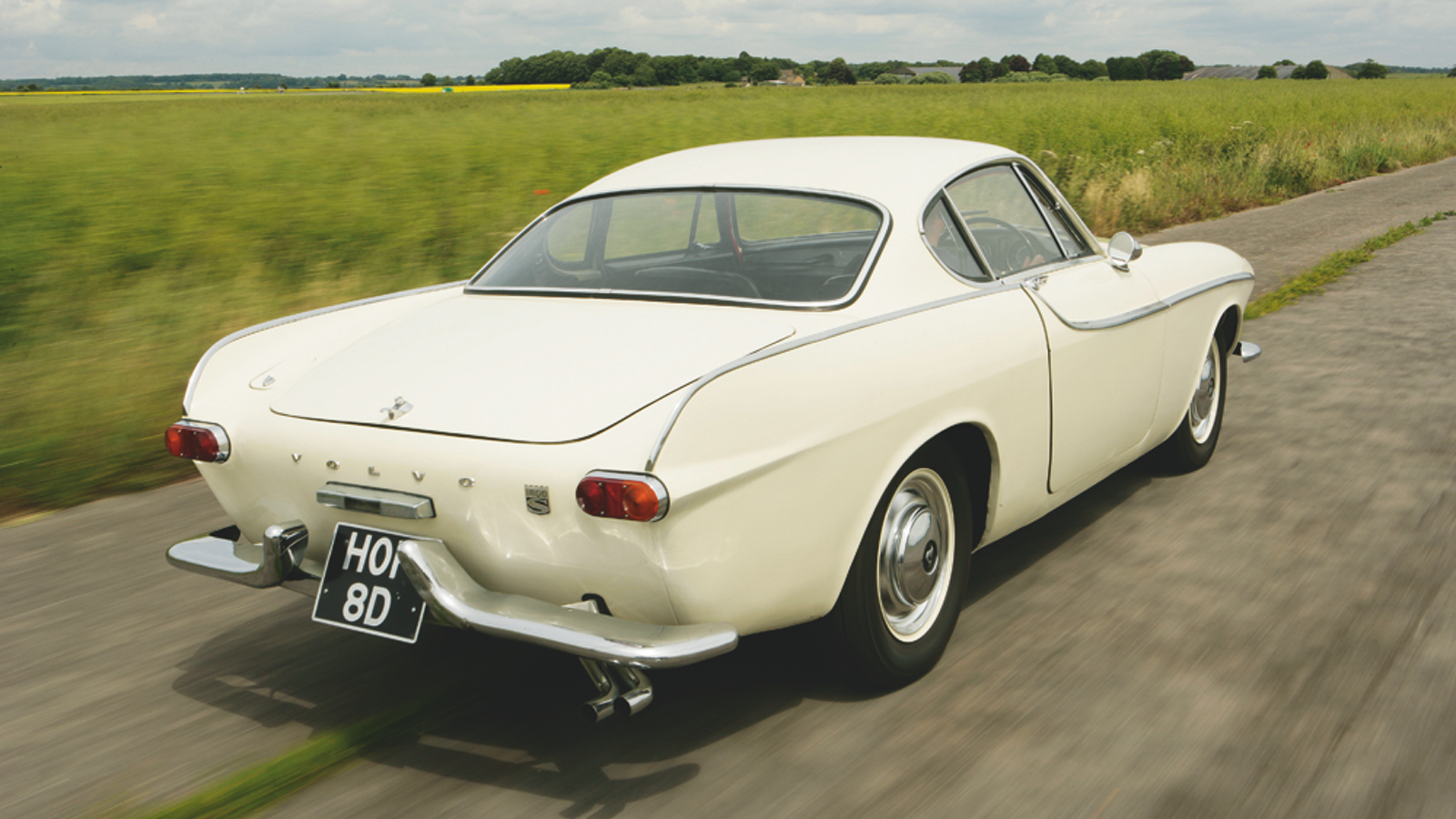 © Tony Baker/Classic & Sports Car
© Tony Baker/Classic & Sports Car -
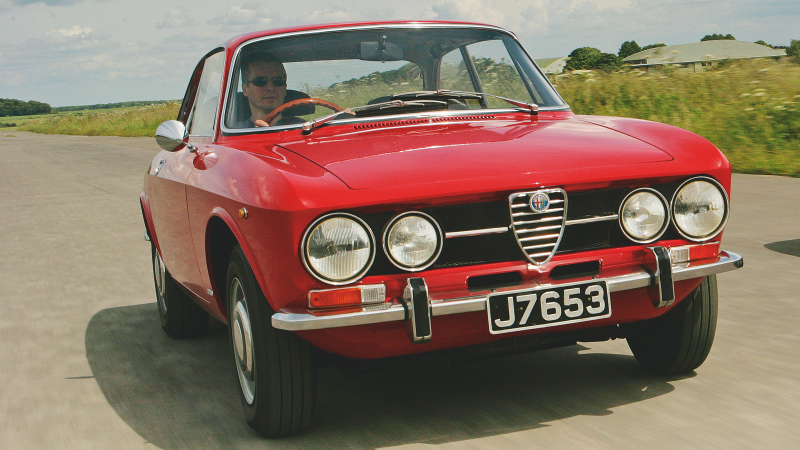 © Tony Baker/Classic & Sports Car
© Tony Baker/Classic & Sports Car -
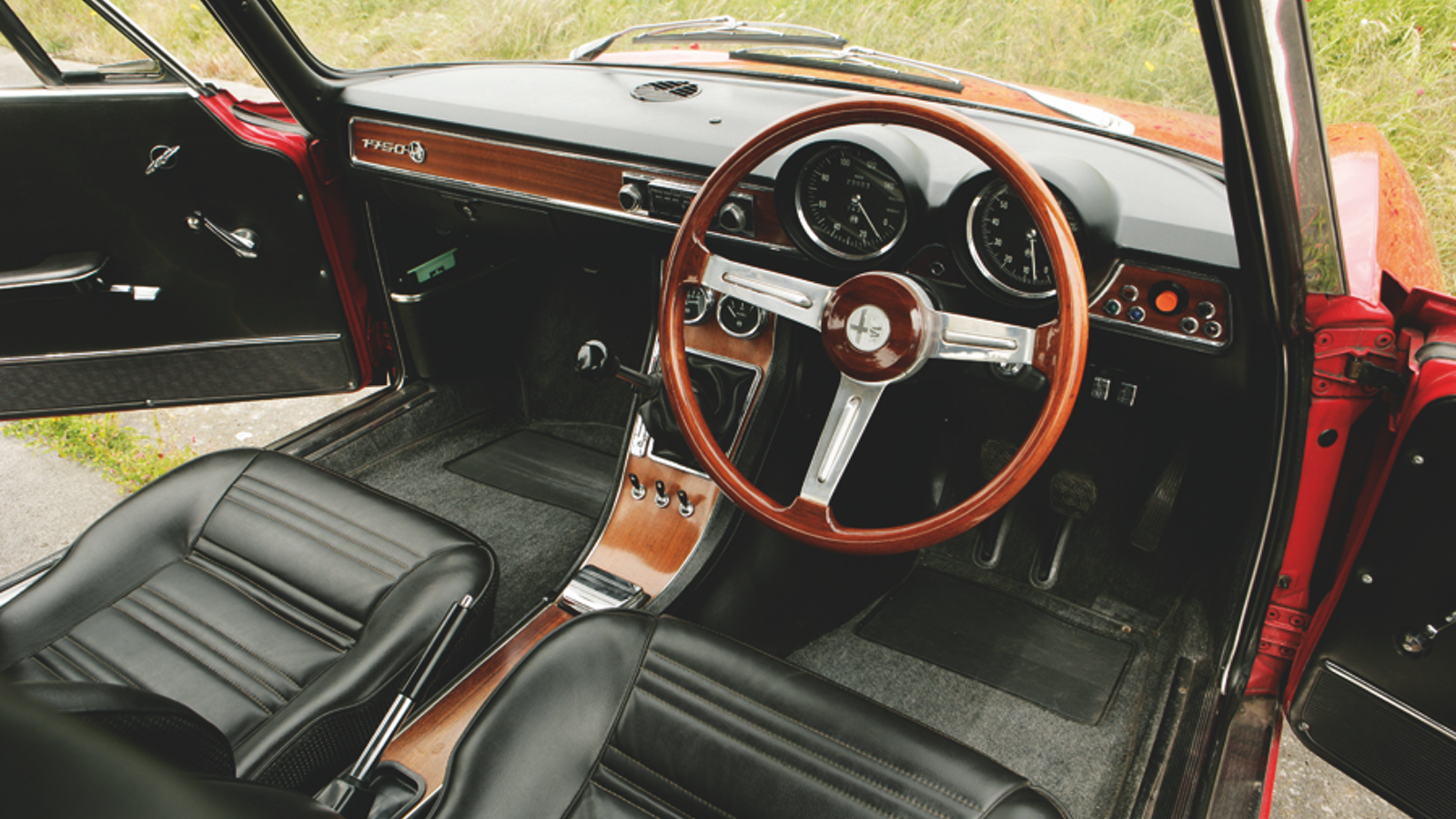 © Tony Baker/Classic & Sports Car
© Tony Baker/Classic & Sports Car -
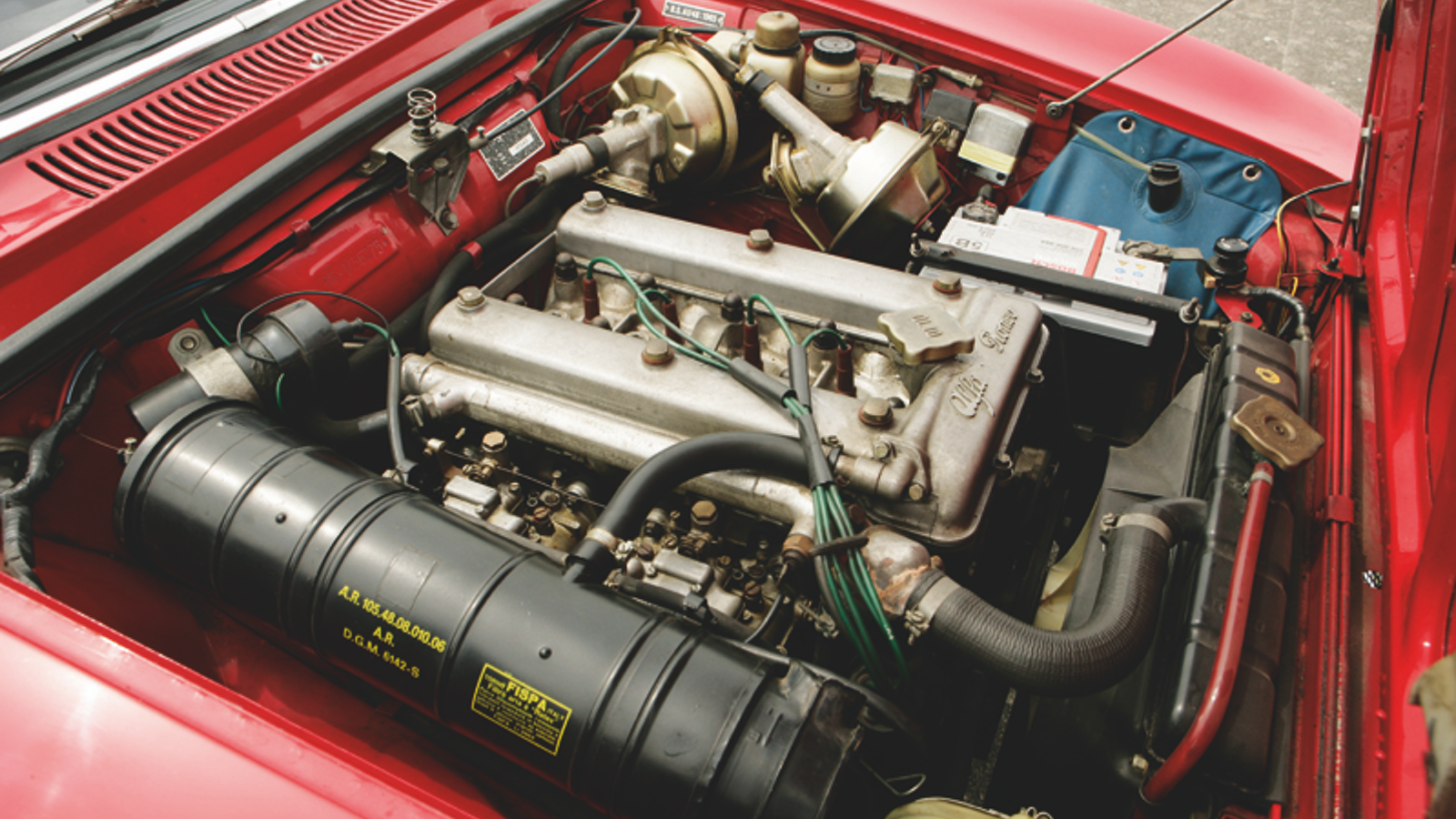 © Tony Baker/Classic & Sports Car
© Tony Baker/Classic & Sports Car -
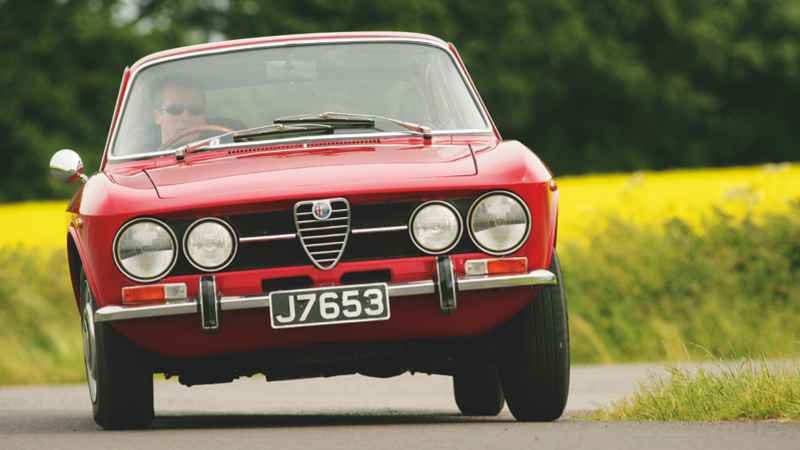 © Tony Baker/Classic & Sports Car
© Tony Baker/Classic & Sports Car -
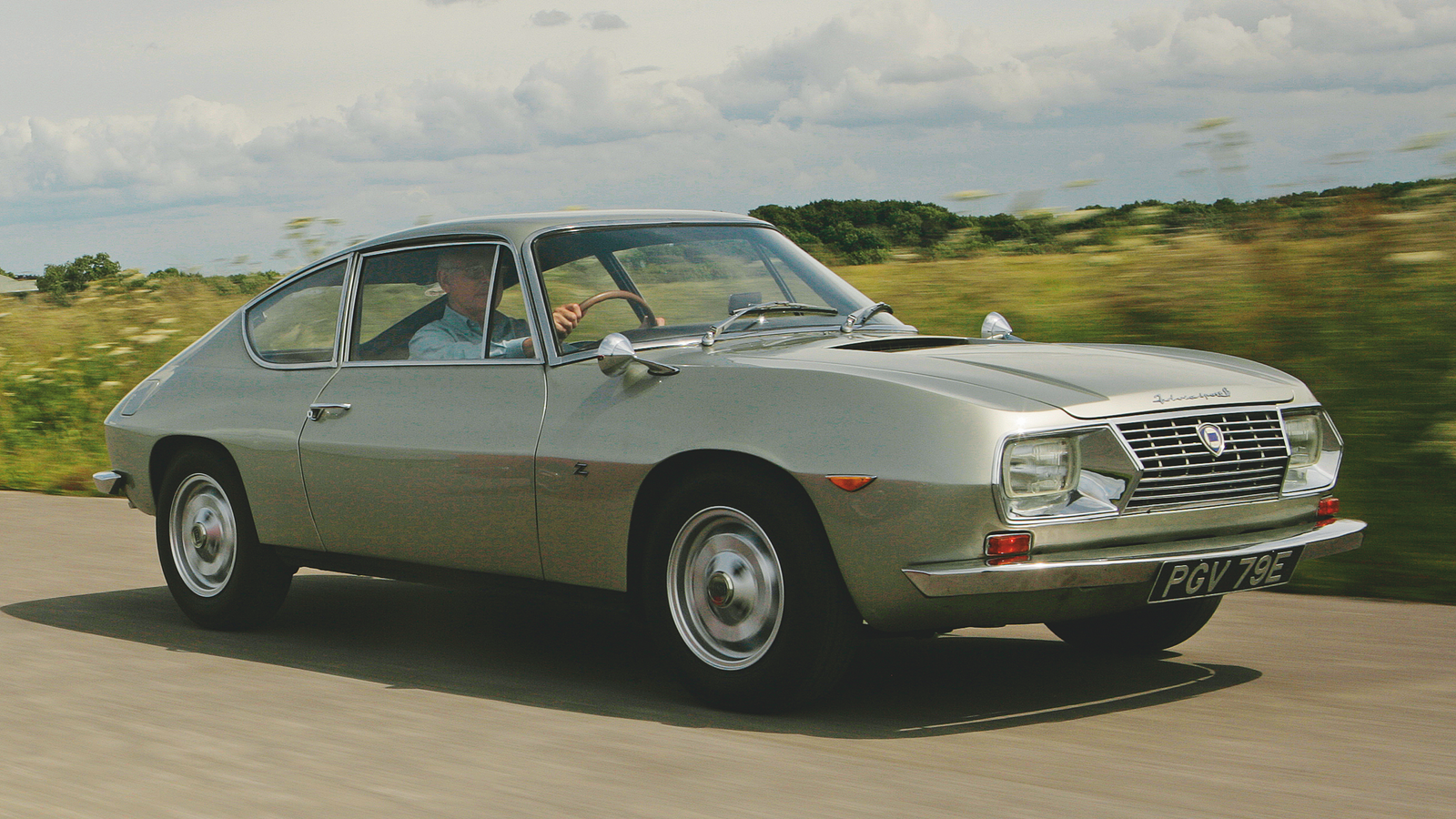 © Tony Baker/Classic & Sports Car
© Tony Baker/Classic & Sports Car -
 © Tony Baker/Classic & Sports Car
© Tony Baker/Classic & Sports Car -
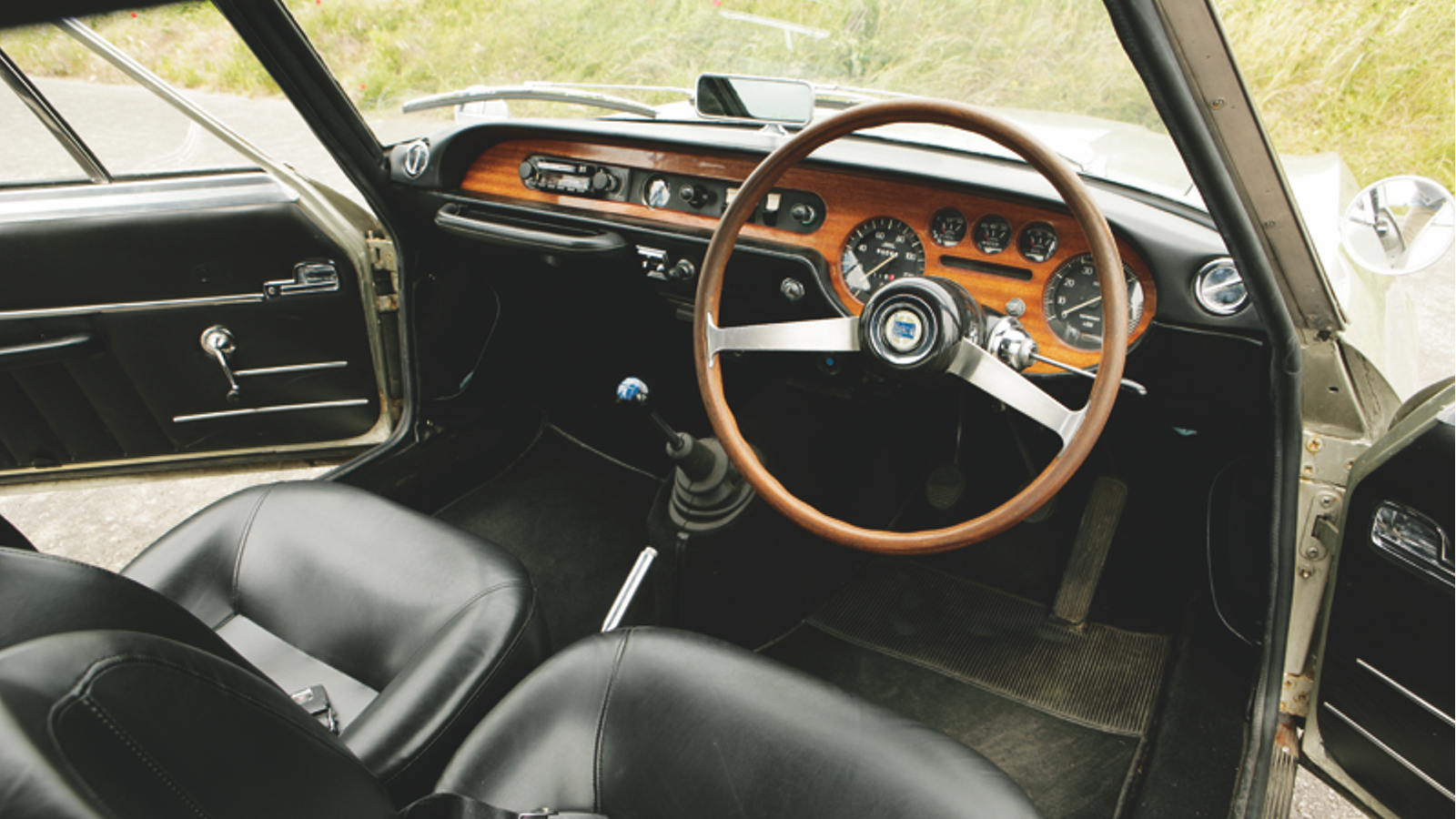 © Tony Baker/Classic & Sports Car
© Tony Baker/Classic & Sports Car -
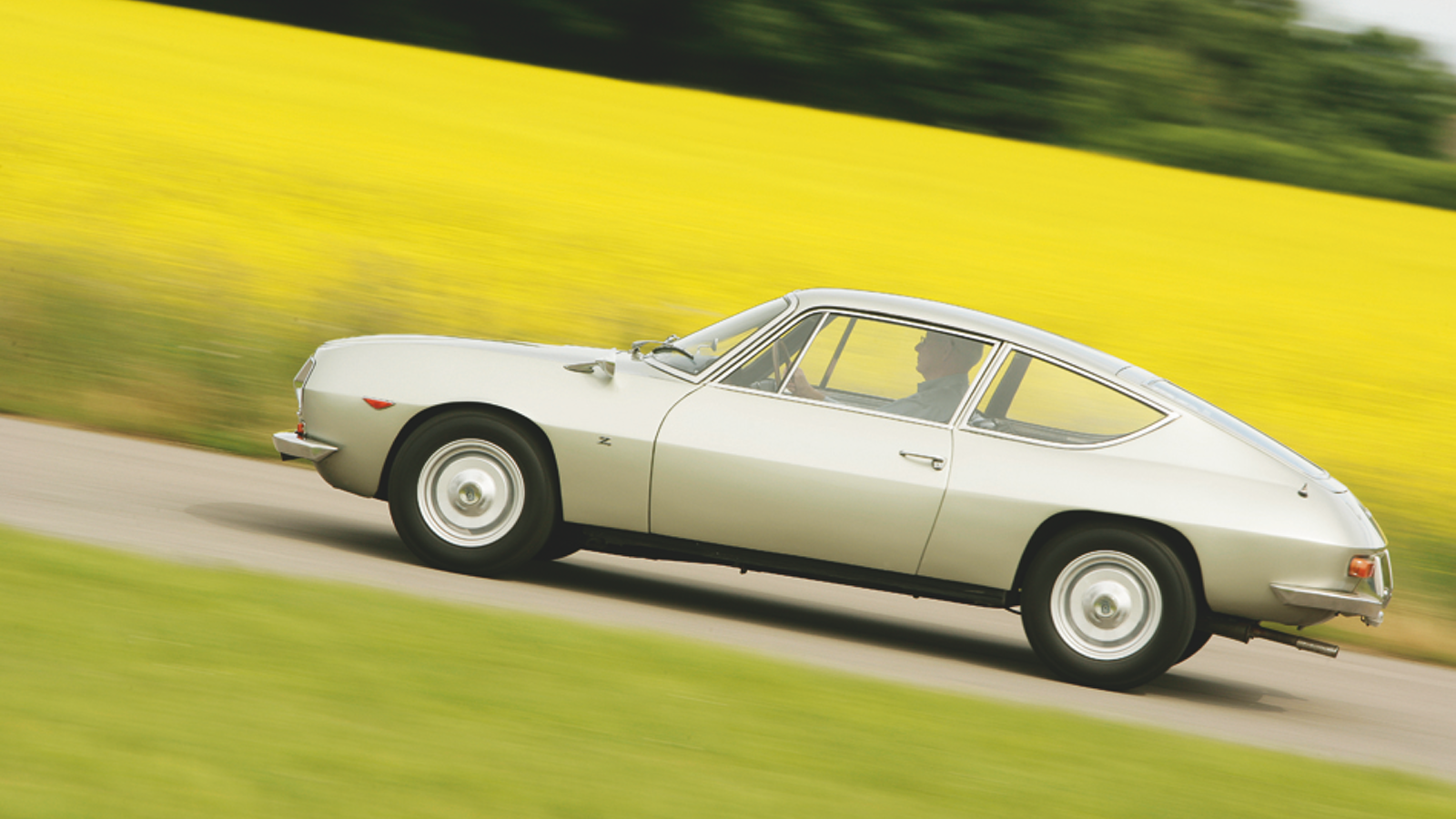 © Tony Baker/Classic & Sports Car
© Tony Baker/Classic & Sports Car -
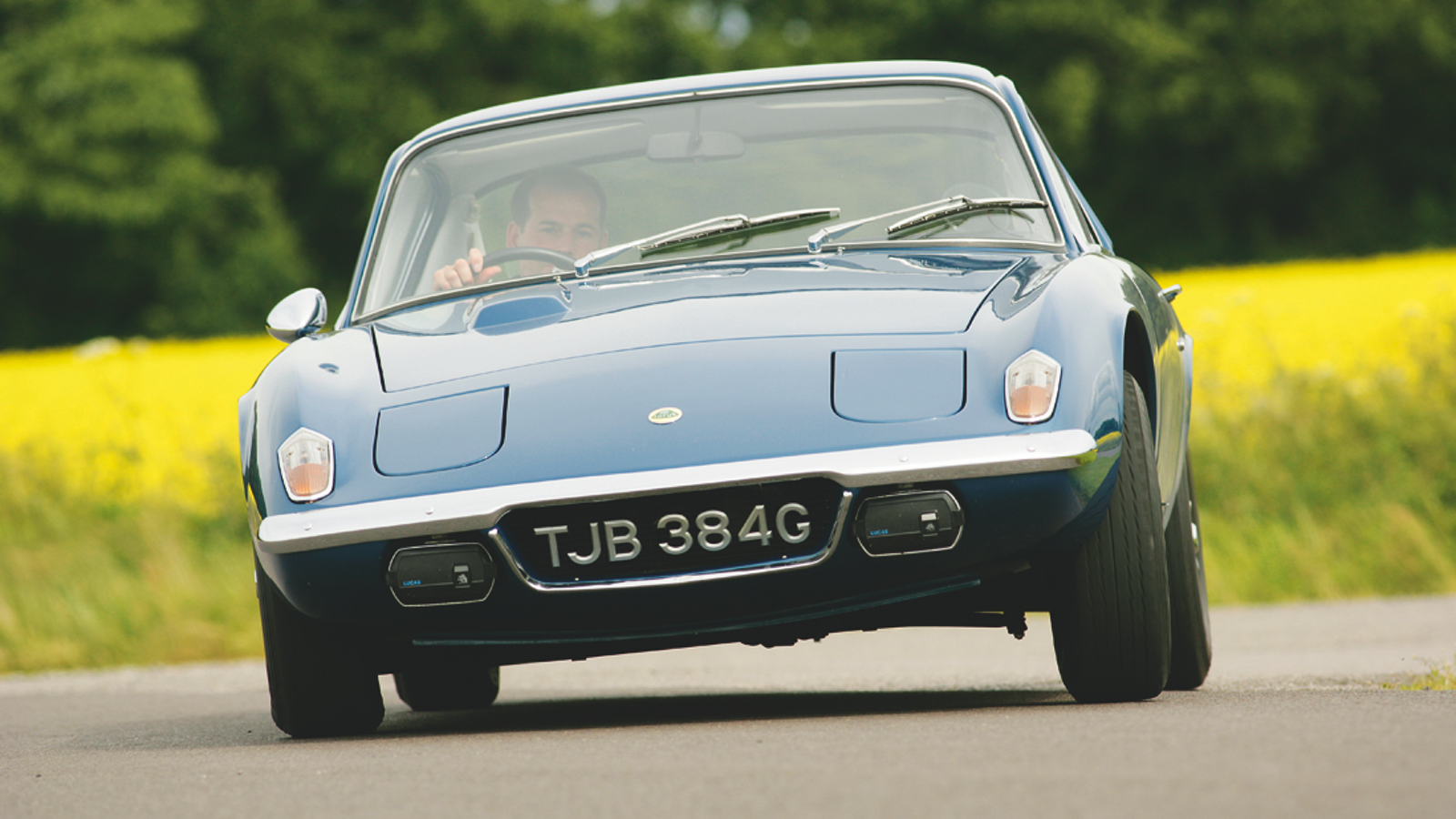 © Tony Baker/Classic & Sports Car
© Tony Baker/Classic & Sports Car -
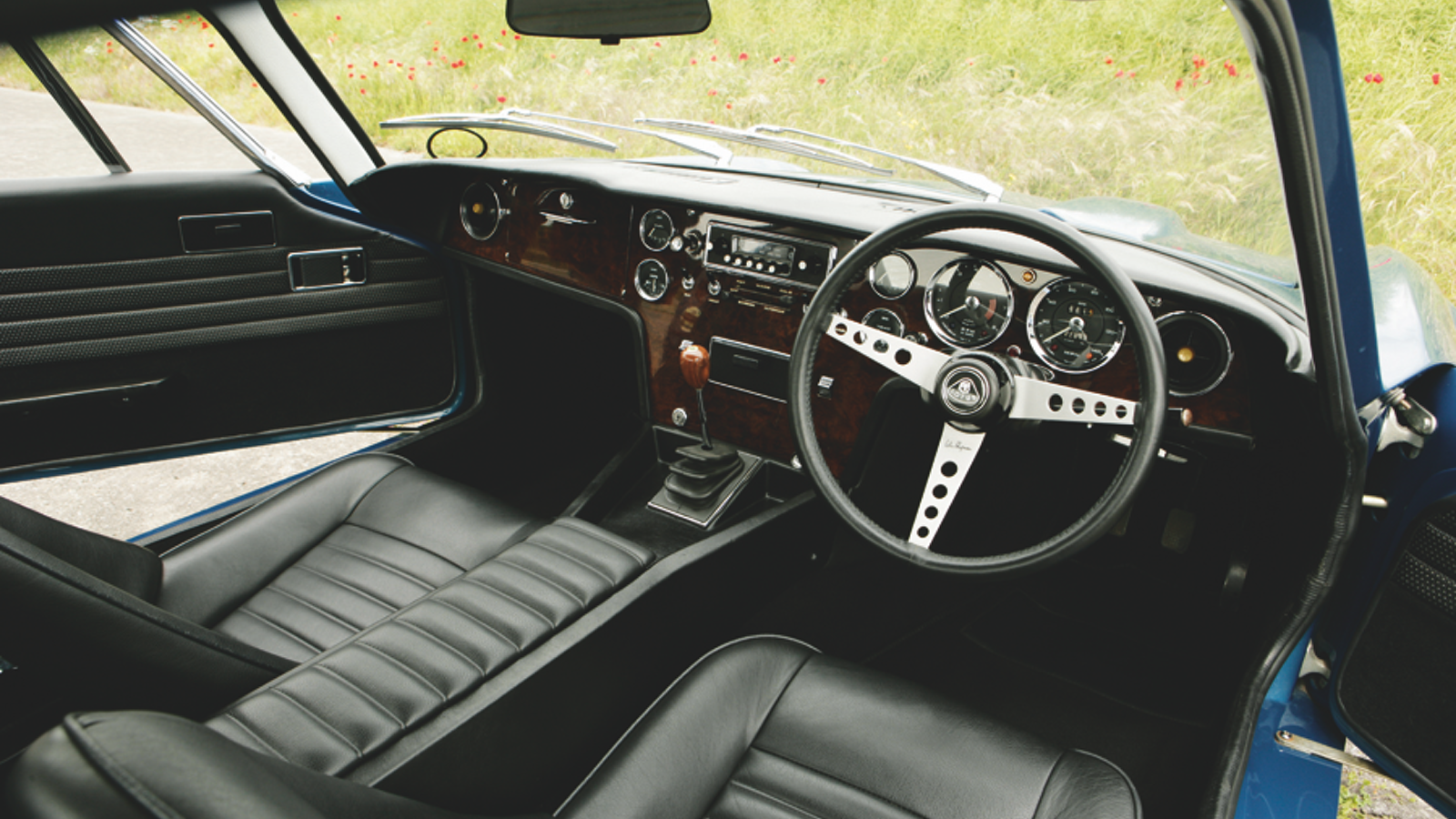 © Tony Baker/Classic & Sports Car
© Tony Baker/Classic & Sports Car -
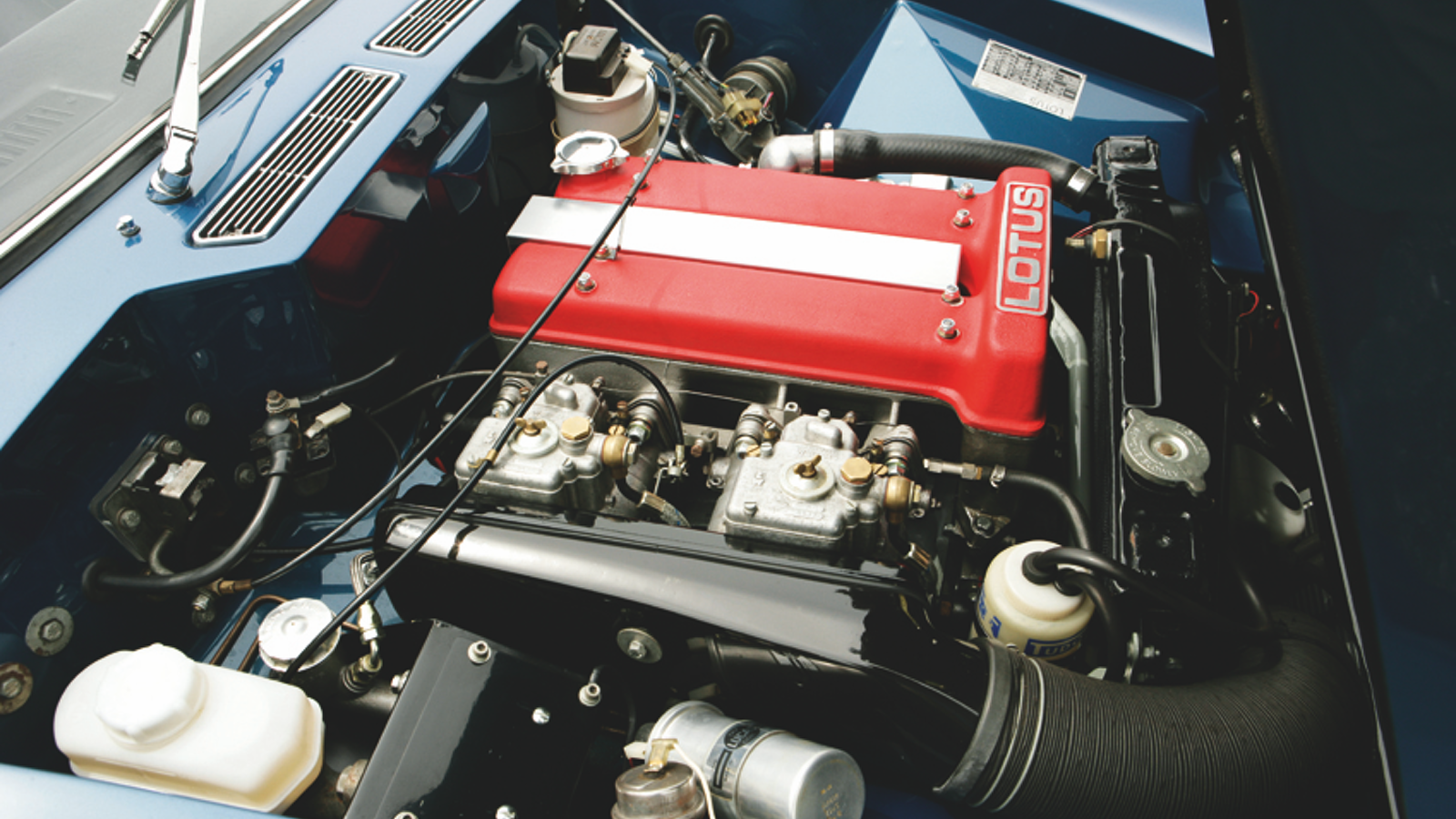 © Tony Baker/Classic & Sports Car
© Tony Baker/Classic & Sports Car -
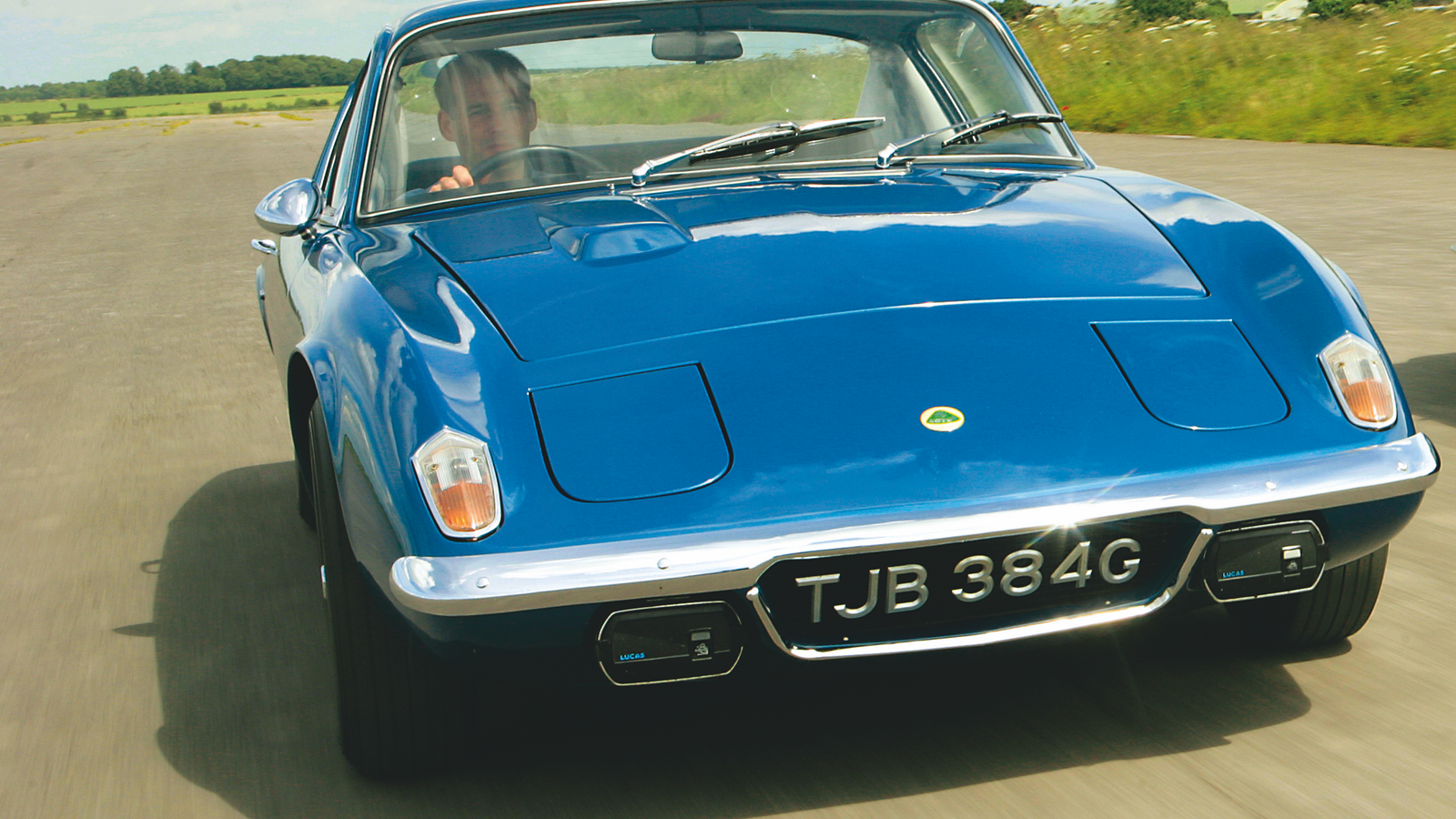 © Tony Baker/Classic & Sports Car
© Tony Baker/Classic & Sports Car -
 © Tony Baker/Classic & Sports Car
© Tony Baker/Classic & Sports Car -
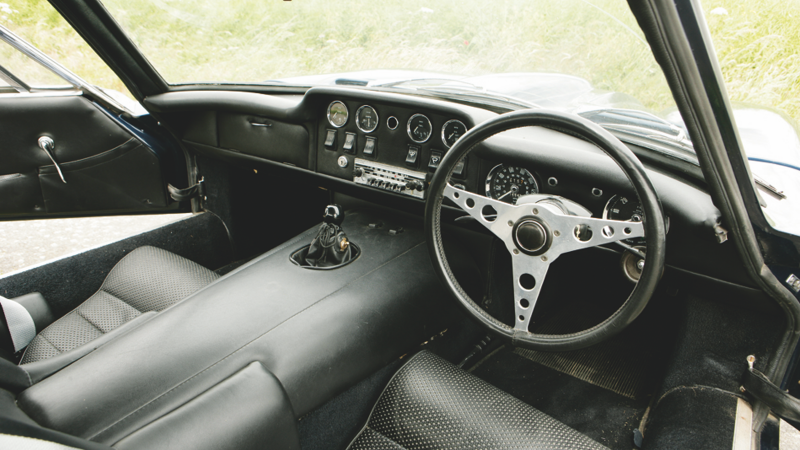 © Tony Baker/Classic & Sports Car
© Tony Baker/Classic & Sports Car -
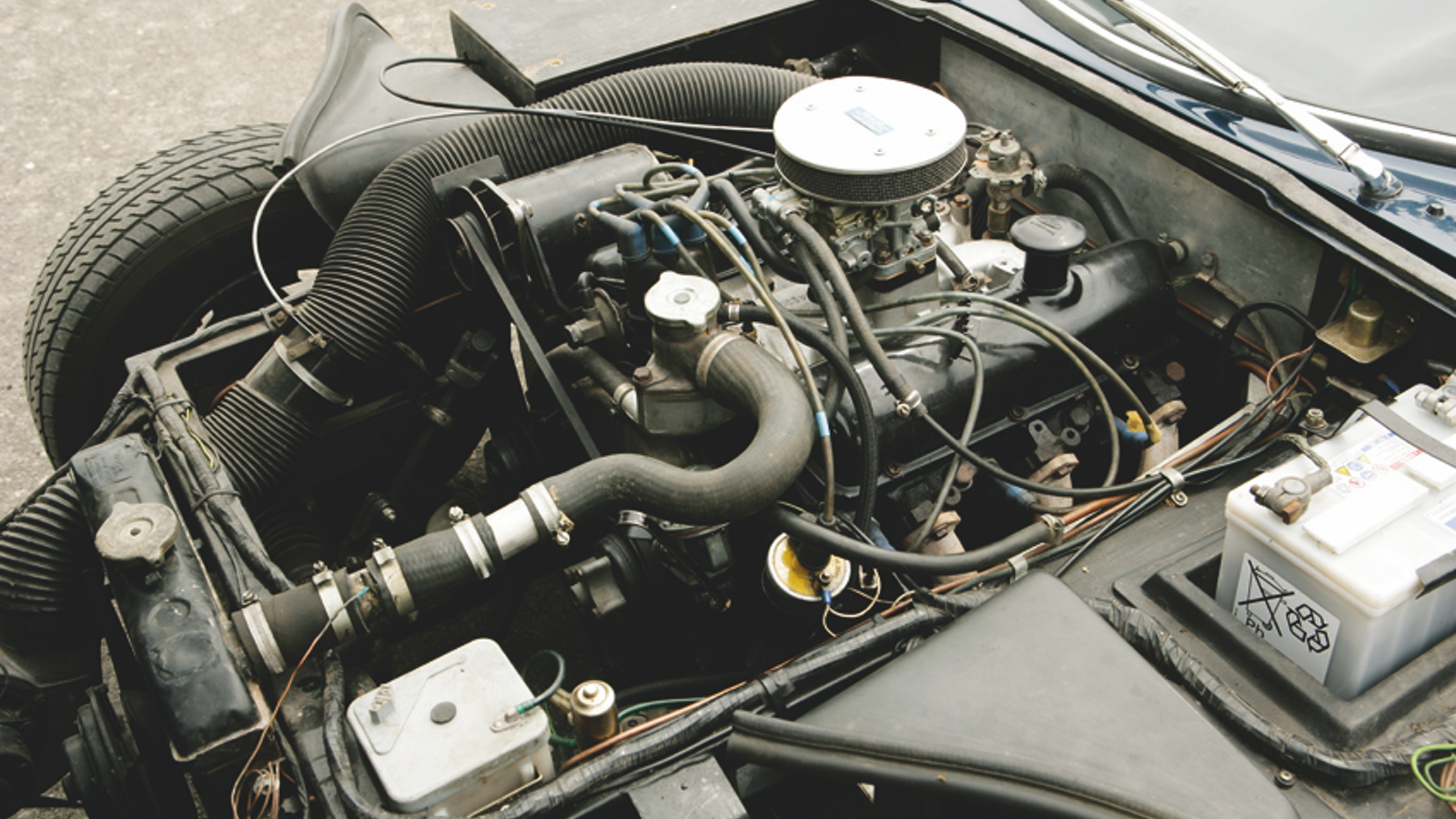 © Tony Baker/Classic & Sports Car
© Tony Baker/Classic & Sports Car -
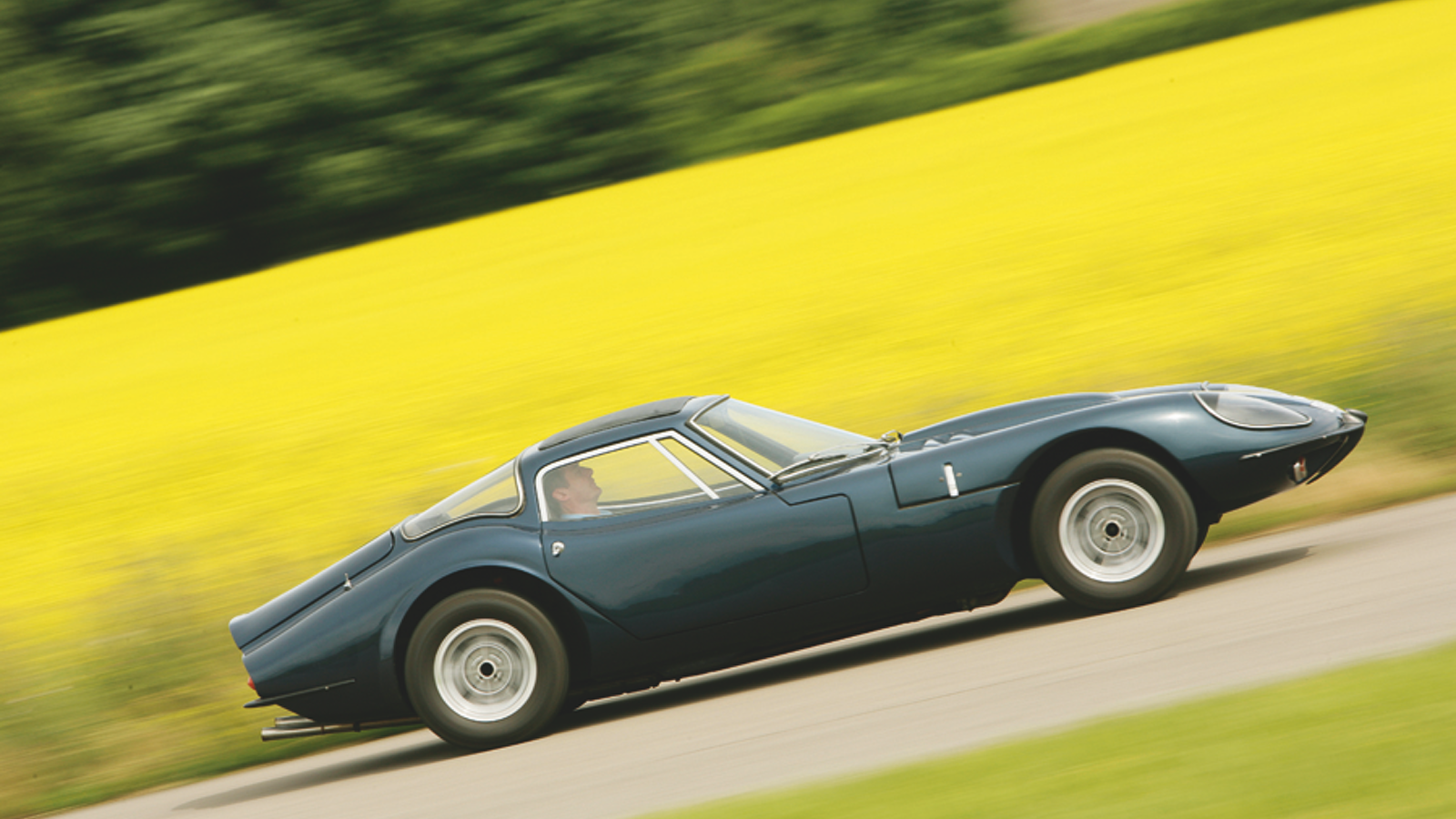 © Tony Baker/Classic & Sports Car
© Tony Baker/Classic & Sports Car -
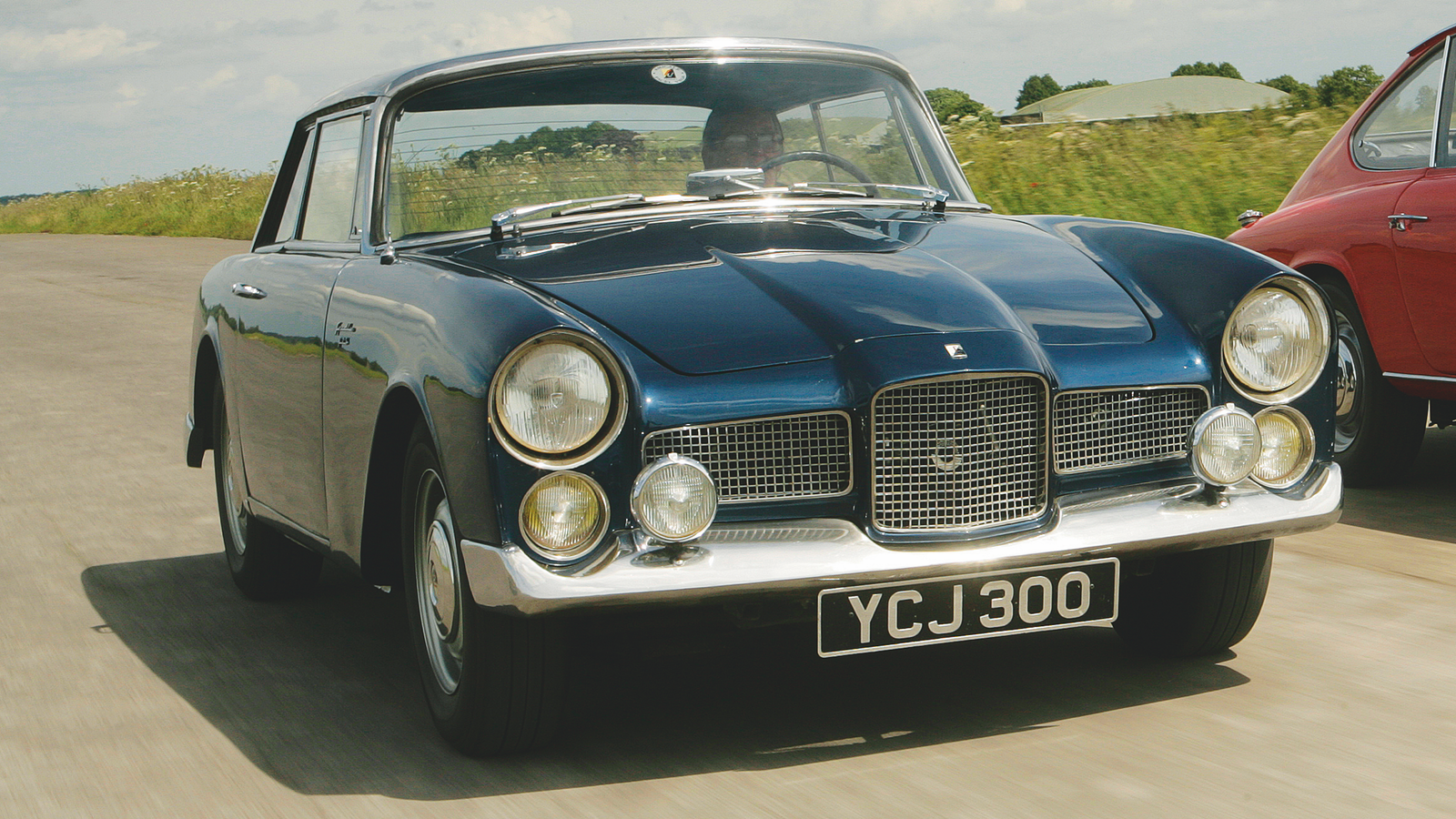 © Tony Baker/Classic & Sports Car
© Tony Baker/Classic & Sports Car -
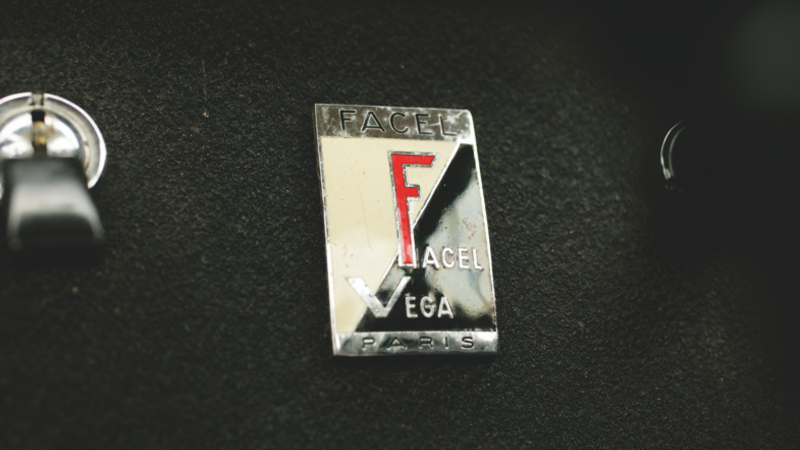 © Tony Baker/Classic & Sports Car
© Tony Baker/Classic & Sports Car -
 © Tony Baker/Classic & Sports Car
© Tony Baker/Classic & Sports Car -
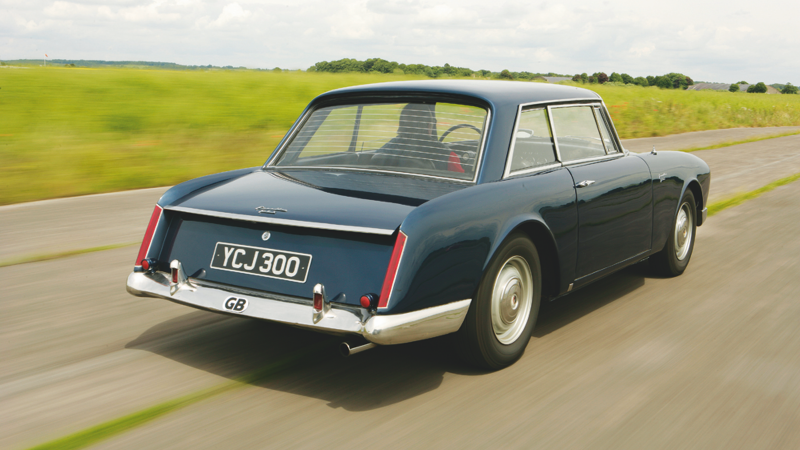 © Tony Baker/Classic & Sports Car
© Tony Baker/Classic & Sports Car -
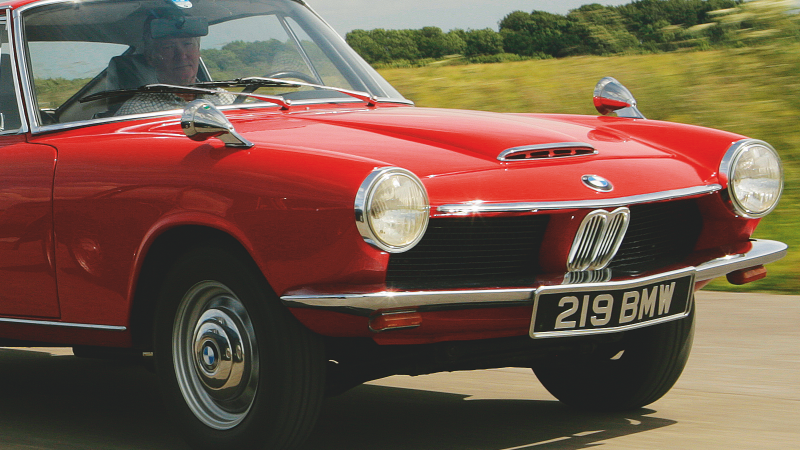 © Tony Baker/Classic & Sports Car
© Tony Baker/Classic & Sports Car -
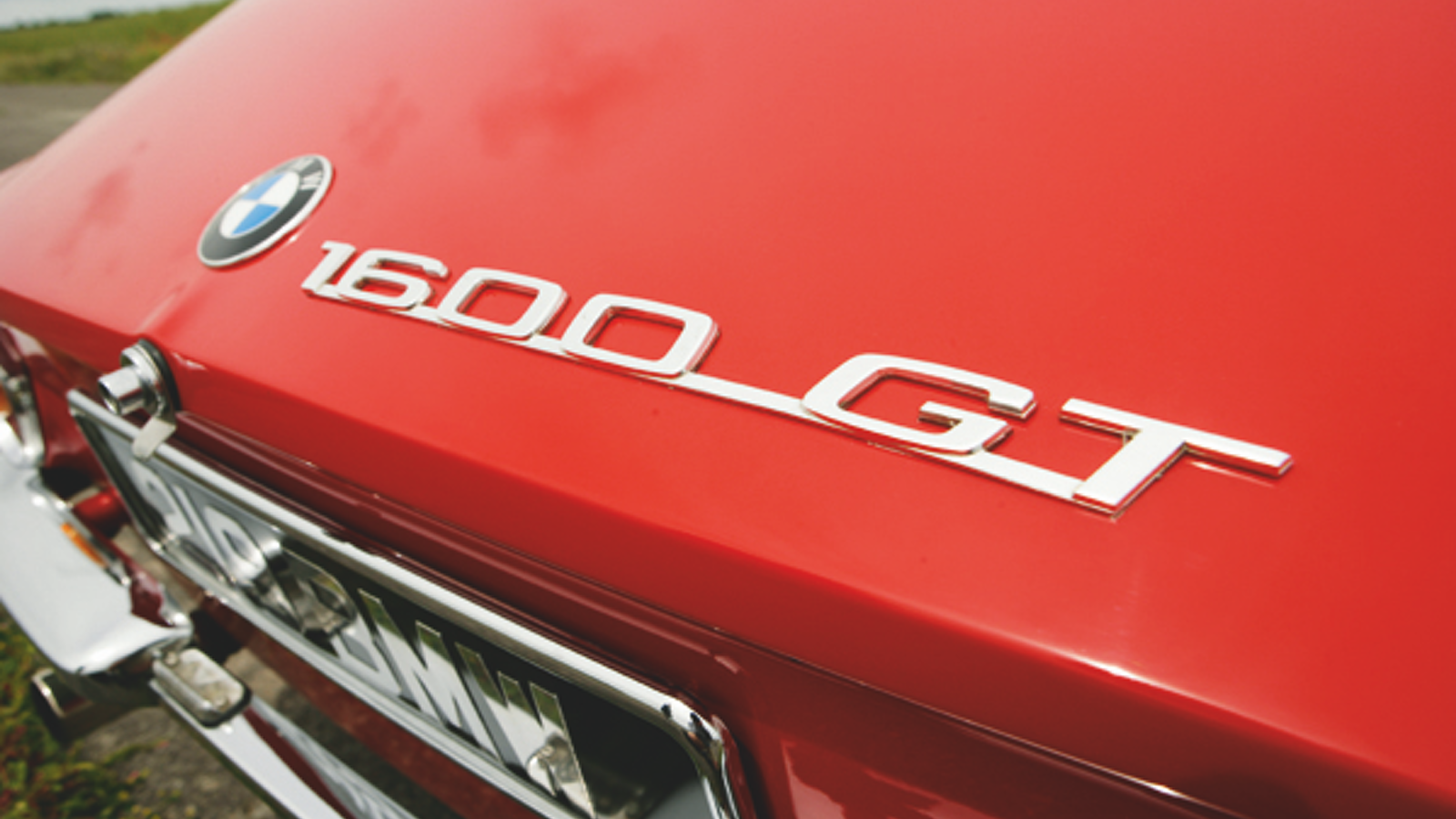 © Tony Baker/Classic & Sports Car
© Tony Baker/Classic & Sports Car -
 © Tony Baker/Classic & Sports Car
© Tony Baker/Classic & Sports Car -
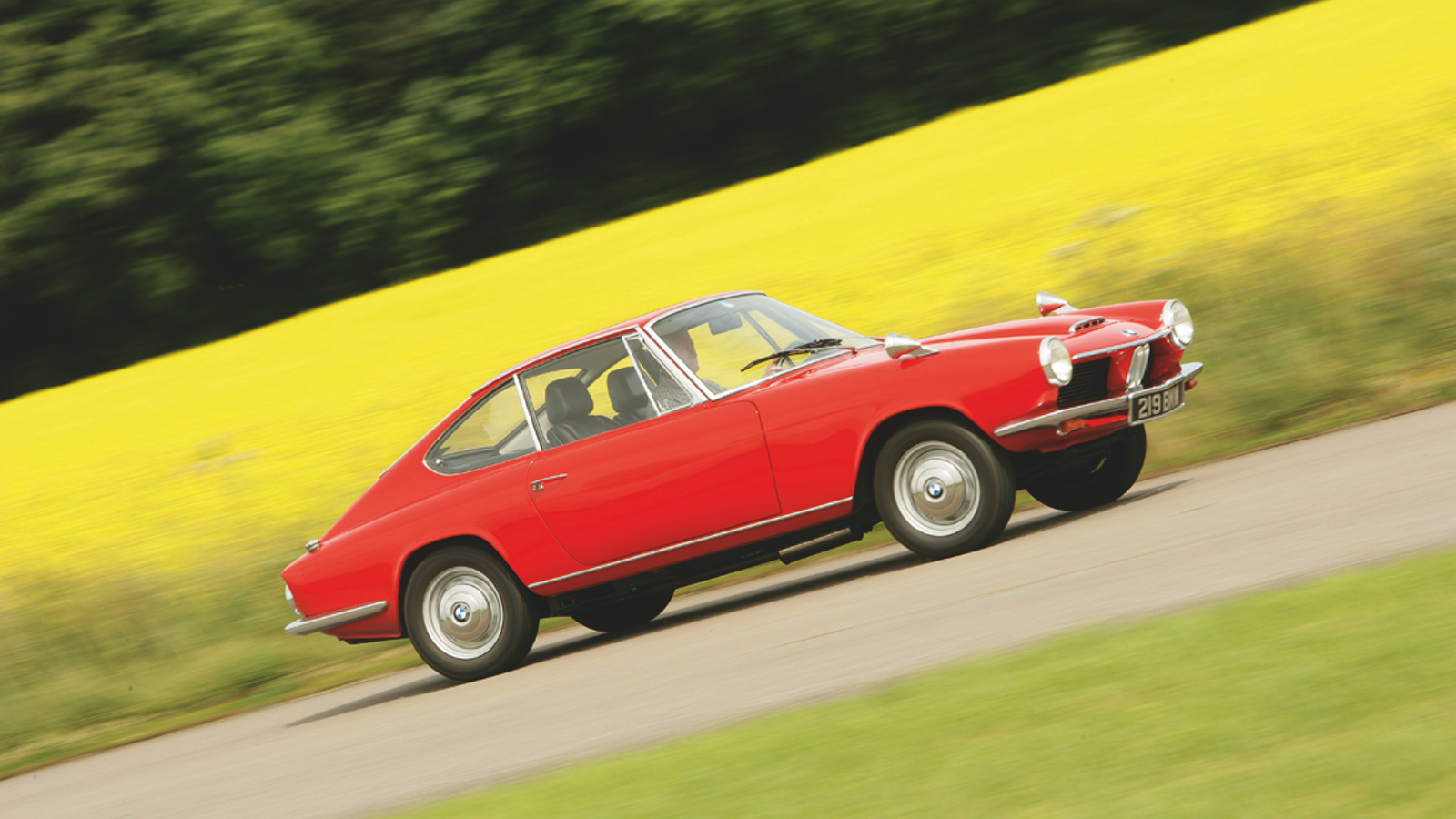 © Tony Baker/Classic & Sports Car
© Tony Baker/Classic & Sports Car -
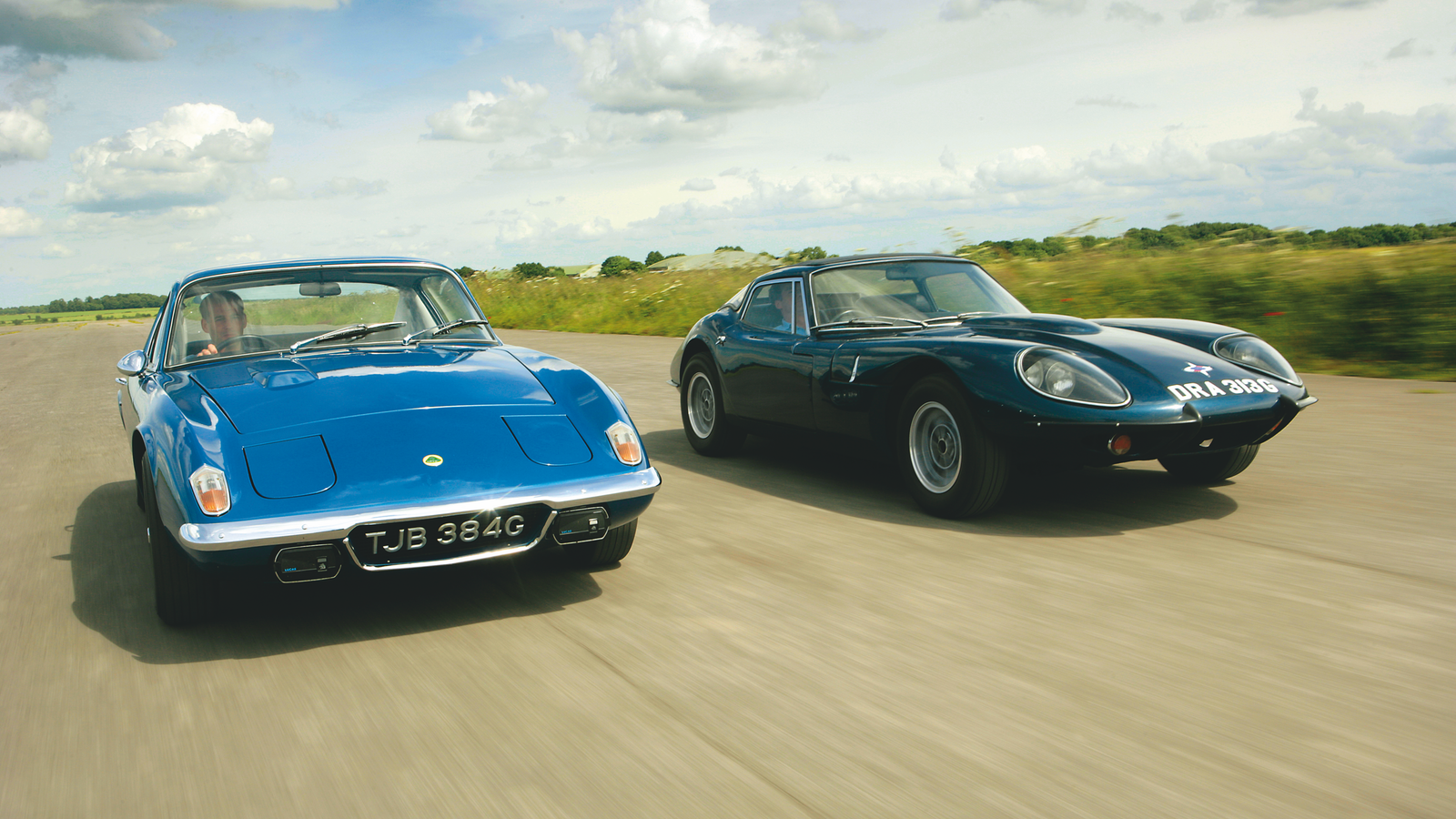 © Tony Baker/Classic & Sports Car
© Tony Baker/Classic & Sports Car
-
Sports car thrills on a hatchback budget
For continental sorts in the ’60s, a wealth of sports cars lay in wait: even forgetting the E-type, a range of sleek, fixed-roof two-doors promised speed and comfort to tackle the new high-speed expressways of Europe.
Sure, the fabled Jaguar remains the quintessential ’60s GT – but you have to pay a lot for that reputation today.
What if you haven’t the readies, or fancy something a little less ubiquitous? We’ve gathered together an eightsome of attainable dream cars that, while hardly pocket money purchases, can be bagged for half the ticket price of an E-type today.
From V6 British brawn to swish Swedish style, this GT line-up has something for everyone – and won’t break the bank.
-
Porsche 912
Price: £30-60k
Essentially a four-cylinder 911, the 912 was built to placate loyal owners of the Porsche 356 who wanted something cheaper to both run and buy.
It shipped in the late ’60s with a mildly de-tuned 356C engine (good for 90bhp and a top speed of 116mph), 12V electrics and the option of a five-speed manual gearbox.
-
Porsche 912 (cont.)
For several decades, the 912 didn’t enjoy the same rise in status as the iconic 911, but it was a surefire success in period, selling some 30,000 units for the German marque over its original four-year production run.
While few came to the UK (where it cost just £500 less than a full-blown 911), it was properly popular in North America.
-
Porsche 912 (cont.)
Much of the 912’s appeal today lies beyond the sum of its parts: the feeling that it’s beautifully made, the flowing impression as it rolls along free of shudders and rattles.
It’s not tardy, either, especially if you’re in the right gear at the right moment (something that’s not difficult, given how rewarding and accurate the ’box is).
-
Porsche 912 (cont.)
What’s more, with less power and weight in the tail than a 911, only the most violent tactics will put a 912 out of shape on a dry road and the feel through the light and accurate steering is beautiful.
Where once it was the odd one out, the 912 is now the subject of great interest, even if rebuilding the engine costs a bomb: concours examples will cost you £60k today, but it’s possible to find good runners around the £30k mark – less than half what you’d pay for an average E-type.
-
Volvo 1800S
Price: £15-30k
Sophisticated and exciting coupés might offer the promise of, well, sophistication and excitement, but in the mid ’60s they frequently involved disappointment. Even the fabled E-type wasn't immune from reliability issues.
Volvo’s P1800, and its later 1800S variant, on the other hand, were the perfect package: suavely good-looking, well-proportioned, nicely made and mechanically rugged.
-
Volvo 1800S (cont.)
Expensive in the UK, it nevertheless handsomely outsold most of its continental competitors – no doubt helped by years of exposure in hit TV series The Saint.
Originally built by Jensen in the UK, even after Volvo took over production with the 1800S in 1963 – due to quality control concerns – many of the components remained UK-supplied.
-
Volvo 1800S (cont.)
Today, the kitsch, over-styled interior nicely complements the appealing body while also offering cruising comfort, with enough room in the back for young offspring.
On the road, the clutch, brakes and throttle need no special thought, and the Volvo is swifter than its lethargic engine note suggests as you urge through the sweet-shifting gearbox.
-
Volvo 1800S (cont.)
Overdrive and stability make it a relaxed motorway cruiser, while understeer dialled-in by Volvo keeps things predictable – and the steering is light and accurate, too.
A winning combination of style and dependability, P1800/1800S prices have climbed in recent years, but they’re still a long way off E-type money, with dependable examples asking £20k.
-
Alfa Romeo 1750GTV
Price: £23-35k
General opinion holds that the 1750GTV is the finest of the 105 Series Bertone-bodied Alfa coupés.
Faster than the 1600 cars – not to mention sweeter and more satisfyingly detailed than the subsequent 2000 – it’s definitely the one to have, provided you can find one that’s been properly restored (or, even better, an unmolested example).
-
Alfa Romeo 1750GTV (cont.)
Climb into the cabin today and you’ll likely find the GTV’s stance is just right on its firm but wonderfully supple suspension.
You sit quite low with the relatively big wood-rimmed wheel at arm’s length. From the driver’s seat, there’s plenty of glass but the stubby, sloping tail is completely invisible.
-
Alfa Romeo 1750GTV (cont.)
Fire it up and the silky engine delights with its torque yet pulls cleanly to 6000rpm, with a gear for every occasion in the versatile five-speed ’box.
The smooth, progressive clutch, like the throttle, has perfect feel and the slight suggestion of ponder in the steering at low speeds quickly disappears as the needle climbs, proving smooth and accurate as cornering speeds build.
-
Alfa Romeo 1750GTV (cont.)
What more could you want from this plucky, evocative Italian? It might not be as breathtaking as an E-type, but it's an endearingly appealing effort from the European establishment.
The best news? While prices have increased in the last decade, good examples can still occasionally be found for less than £20k, although £25-30k is a more realistic aim.
-
Lancia Fulvia Sport
Price: £30-35k
Bodied by Zagato, the Fulvia Sport is the most commercially successful model in the Italian coachbuilder’s history – in large part thanks to its more conventional styling.
Despite being one of the world’s most expensive 1.3-litre cars at launch (priced at £2078, or around £40k in today’s money), some 7100 were built between 1965 and ’72 – though it’s not clear how much money Lancia actually made from the Sport.
-
Lancia Fulvia Sport (cont.)
More streamlined and higher geared than the factory Fulvia coupé, with 87bhp at its disposal the 1.3-litre Zagato Sport could hit an impressive 110mph, while the 1.6-litre variant could touch 120mph – hardly the E-type’s 150mph, but not bad for a plucky runaround.
At low speeds, the combination of heavy steering and a slightly sticky gearbox make the Fulvia seem unwieldy, but with higher revs and more speed it all comes together: the V4 pulls strongly to 100mph and the gearbox becomes more decisive.
-
Lancia Fulvia Sport (cont.)
Lower-slung and more exotic than the glassy, upright factory coupé, the Zagato version brims with distinctive details – including a rear luggage door that opens a few inches electrically to improve ventilation.
In fact, the handsome wood-rimmed wheel and beautifully detailed dashboard give the whole thing a junior Ferrari feel, even if there’s no Maranello power unit under the hood.
-
Lancia Fulvia Sport (cont.)
Handling is fantastically progressive and forgiving, with none of the steering fight typical of early front-wheel drive cars. A very sorted combination, then.
Best of all, despite its cost when new, it’s still possible to pick up the unique Zagato Sport for less than £30k, with some less pristine examples hovering around the more accessible £20k mark. Spend around £35k, meanwhile, and you’ll bag yourself a really nice one.
-
Lotus Elan +2
Price: £15-30k
Though overshadowed by its smaller sibling, the +2 Elan was arguably an even more remarkable achievement when it launched in 1967: as well as being a determined upmarket move for Lotus, it set some impressive new standards in the realm of junior GT cars.
What other 1.6-litre four-seater of the day could top 125mph, dash to 60mph in less than nine seconds and stay above 20mpg until you were doing 110mph?
-
Lotus Elan +2 (cont.)
It’s a great-looking car, too, recapturing some of the elegant sophistication of the original Elite while achieving some nifty packaging inside.
Slender, figure-hugging front seats allow credible adult-sized legroom (at least for short trips) in the back seats, making it much more habitable in that respect than any of the other cars here – and definitely the Jag.
-
Lotus Elan +2 (cont.)
On the road, it was – and remains – something of a revelation: furiously quick, the free-spinning smoothness of the engine gave you every encouragement to explore 7000rpm in first, second and third.
Then there’s the chassis. It seems almost tiresome to eulogise Elan handling, but even 50 years on the way this car flits through curves – entirely unsullied by understeer, screeching tyres or body roll – is still a work of genius.
-
Lotus Elan +2 (cont.)
Perhaps most remarkable of all is how little you have to pay for this most usable of lightweight sporting GTs today: even in good condition, £15k is a fair price – and they can be picked up for a lot less if you’re willing to get your hands dirty.
Spend £25k upwards, meanwhile, and you’ll get something special.
-
Marcos 3-Litre
Price: £10-20k
British firm Marcos Engineering had a background almost exclusively in sports cars, so it should come as no surprise that the marque’s 3-Litre machine made few concessions in terms of touring refinement and space.
That said, its Ford V6 engine gifted the late-’60s GT a smoother road-burning identity and, for the money, only an E-type could match its pace.
-
Marcos 3-Litre (cont.)
Pretty from some angles, ungainly from others, the low, muscular shape and two-seat capacity meant the wooden-chassis Marcos 3-Litre was hardly the most practical of GT machines, yet in its day it was seen as a legitimate alternative to the mainstream.
That, despite a punishingly stiff ride and, perhaps more significantly for a car with GT ambitions, very little ground clearance. Perhaps it was the electric windows.
-
Marcos 3-Litre (cont.)
The 3-Litre employed the proven formula of big engine, lightweight car to great effect. While the flexible Essex V6 motor might not have been the smoothest, it provided all the urge you could ever need at 4000rpm – and changing gears was generally optional.
Snug in the fixed seats – little more than padded inserts – the ultra-low driving position heightens the sense of both speed and roll-free cornering power. One simply lies back and aims the Marcos through bends.
-
Marcos 3-Litre (cont.)
So it might be less of a tourer and more of a long-distance sports car, but the Marcos is possibly the only machine on this list capable of giving the E-type a run for its money in performance terms.
If you can track one down today in original specification, the 3-Litre is a steal at anywhere between £10k and £20k.
-
Facel Vega Facellia
Price: £20-30k
Fancy a tidy, interesting car with no real vices? Facel Vega’s Facellia might drive like a car of the ’50s (which, in fairness, it pretty much was) but it’s not a hard GT to like.
More difficult is actually finding one that you can buy today: the few UK buyers who wanted to own a Facellia fixed-head coupé in its heyday had several obstacles to overcome.
-
Facel Vega Facellia (cont.)
Not only was the Facellia horrendously expensive (the purchase tax alone would have bought you an MGB), but the importer, mindful of the machine’s reputation for seizing pistons, was not that keen on actually selling them.
If you succeeded in persuading HWM to part with one, though, you might well have been pleased with your new French coupé.
-
Facel Vega Facellia (cont.)
Sure, it had no special talents, but the Facellia remained an elegant, luxurious little car, styled and engineered along the lines of its bigger siblings – albeit powered by a troublesome twin-cam engine.
Find one that’s had the attention of an engineer today, though, and you’ll likely enjoy a motor that’s strident, urging the car along enthusiastically if you rev it hard.
-
Facel Vega Facellia (cont.)
Yes, the Facellia feels hefty, with heavy, direct steering that tends to understeer, but in normal conditions it’s a very happy cruiser that offers something different to the standard European fare.
Hunt one down and you’ll pay anywhere between £20k and £30k – or, if you know your way around an engine, pick up a project for £15k and give it a good working over.
-
BMW 1600GT
Price: £18-30k (if you can find one)
Not familiar with the 1600GT? You’re probably not alone. This nippy GT started out as the Glas 1700GT, a neat Frua-styled coupé that spearheaded the rapid expansion of Hans Glas in the early ’60s.
Alas, the firm grew too quickly in its haste to satisfy the requirements of the rising German middle class and, in ’66, BMW bought it out.
-
BMW 1600GT (cont.)
The little coupé survived the acquisition – in modified form – as the 1600GT, gaining a BMW motor and upgraded rear suspension.
Visually, the only changes were the badges and the addition of the classic Bavarian kidney grille at the nose, which is no bad thing, given its classic Frua lines.
-
BMW 1600GT (cont.)
Buyers weren’t so sure about the new model and production ended after just a year, with 1255 examples built (none of which were ever offered in the UK) – which is a shame, because it means this very drivable GT is hard to track down today.
Well-finished and solid on the road, the engine is smooth and eager, capable of pulling to 60mph in second gear and happy to cruise at 90mph all day long.
-
BMW 1600GT (cont.)
Inside, the 1600GT feels tall and narrow, while body roll means this unusual coupé doesn’t have the driver appeal of the Porsche or the Alfa – but the fact that it feels so relaxed at almost any speed makes it a truly appealing package.
Prices range from £18k to all the way past £30k, but your main problem will be tracking one down. If you do, there’s a good chance you won’t have the luxury of being picky.
Don't fancy searching? There’s always the more affordable and accessible 2002tii of the early ’70s.
-
Which is best?
So, which of these ’60s machines is best? As a fun car for occasional thrills, the Marcos would be wonderful. As a reliable steed that would get you where you want to go, whenever you want to go, it has to be the Volvo.
The Facellia, meanwhile, is intriguing and the 1600GT a persuasive oddity, while the 912 offers delectable feel – even if it will never be a 911.
As for the Lancia and the Alfa, both are tempting and deserving of consideration. But as an overall winner, an E-type alternative on the cheap that offers performance and practicality in a pretty shell? It couldn’t be anything but the Lotus Elan +2.
